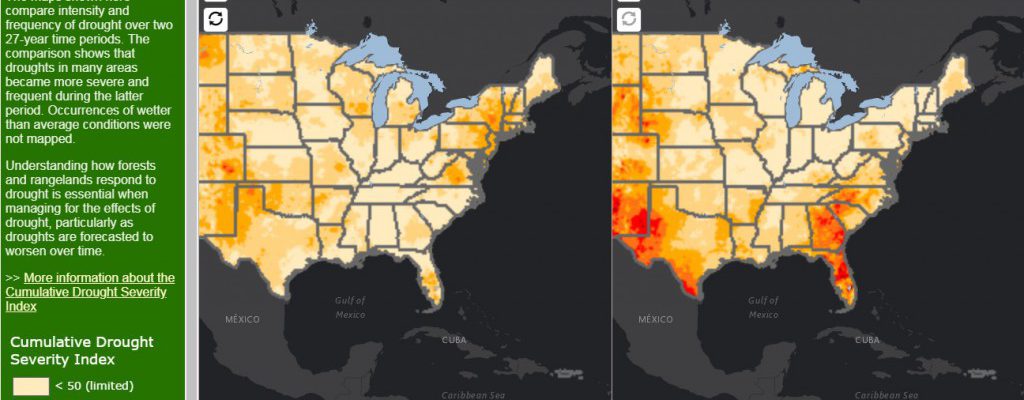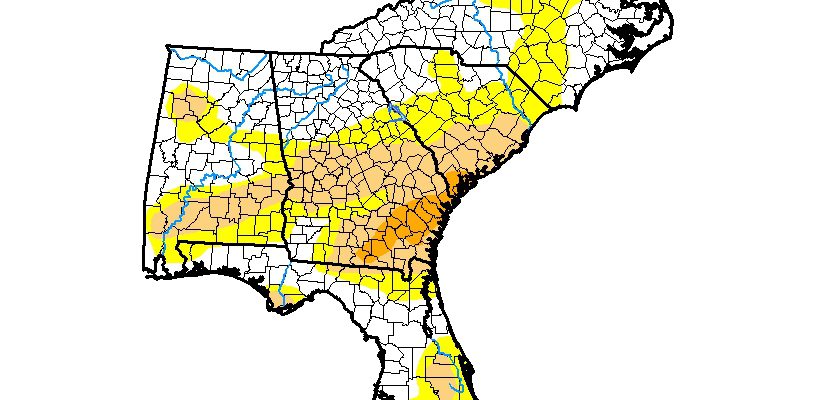2018
-

With just a day or two to go, the statistics for March 2018 show that for most of the region, temperatures will end up well below normal. Only the far western parts were above normal. In fact, a lot of the region was colder in March than it was in February. A good part of…
Posted in: Climate summaries -

The US Forest Service has produced a series of apps and fact sheets relating climate trends to agriculture and forestry in the US. Here is one app which compared drought frequency in the US between two time periods, one from 1960 to 1986 and the other from 1987 to 2013. As you might expect if…
-

Most weather forecasts are pretty good at up to a week out, and even general trends to 10 days or more can be helpful for planning purposes. Climate forecasts for general patterns several months out can also be good, especially when there is a strong El Niño or La Niña event occurring. But in the…
-

Unlike older physical sciences like physics and chemistry, atmospheric sciences developed most of its theories in the 20th century, especially after the start of the aviation industry, when a three-dimensional picture of the atmosphere was needed to navigate safely. One of the puzzles in early weather forecasting was why it took longer to fly from…
-

Today marks the 60th anniversary of the Keeling Curve, which showed (and is still showing) the increase in carbon dioxide in the atmosphere as measured at Mauna Loa Observatory. We passed the 400 ppm mark in 2013 and the carbon dioxide levels are continuing to grow at an increasing rate (with the seasonal variation overlaid…
-

The latest Drought Monitor released this morning, shows that new areas of moderate drought were introduced into central Florida, far northern Virginia and northwestern Alabama this week. Drought conditions remained constant in Georgia and North Carolina. Some further expansion of drought conditions may occur in Florida this coming week, since most of the rain is…
Posted in: Drought -

I was surprised to learn today that avocado trees fruit much more heavily on alternate years. Last year was a “down” year and supplies were low. This year is an “up” year, which means that they should be easier to find and probably cheaper, too. The Packer noted that supplies from California, Mexico and Peru…